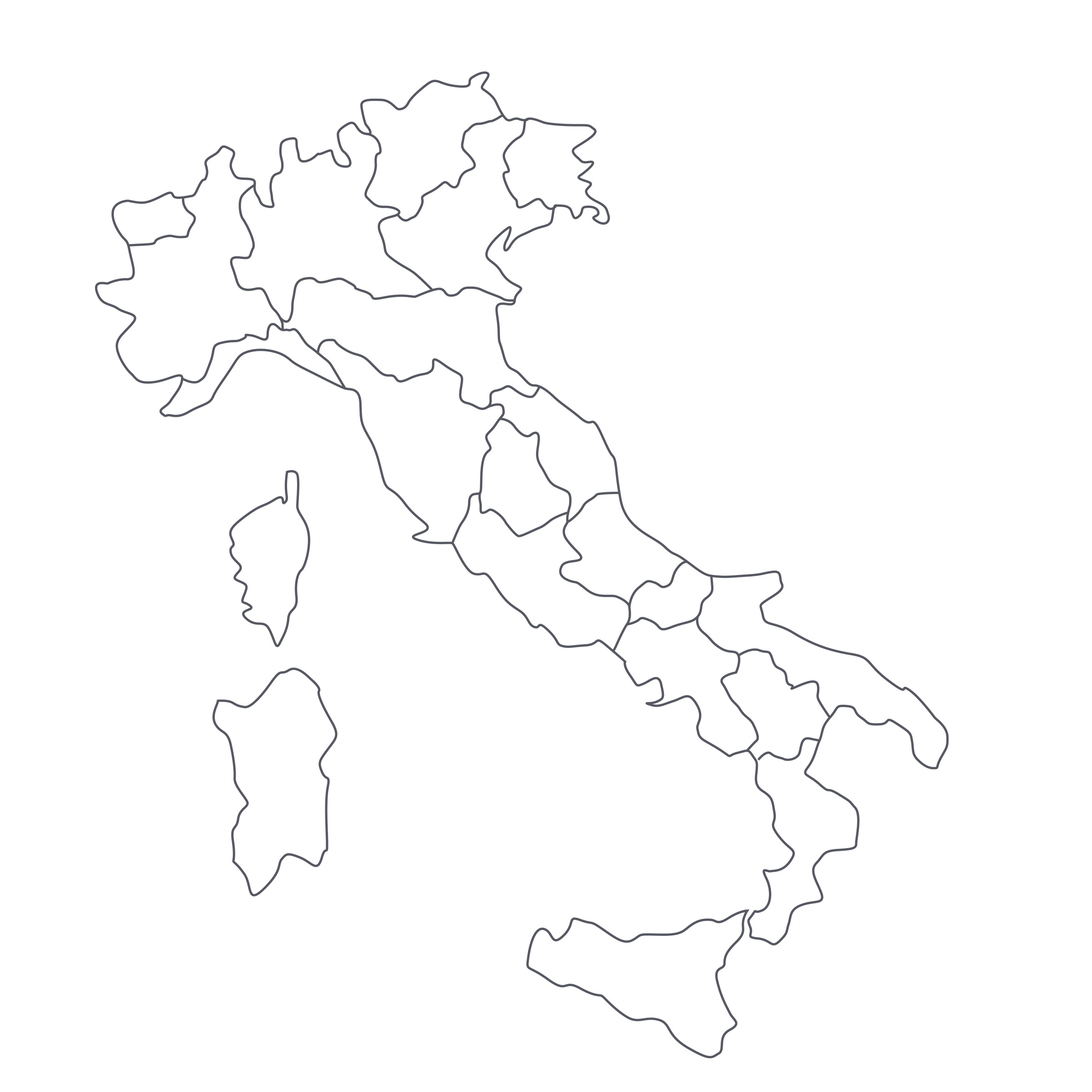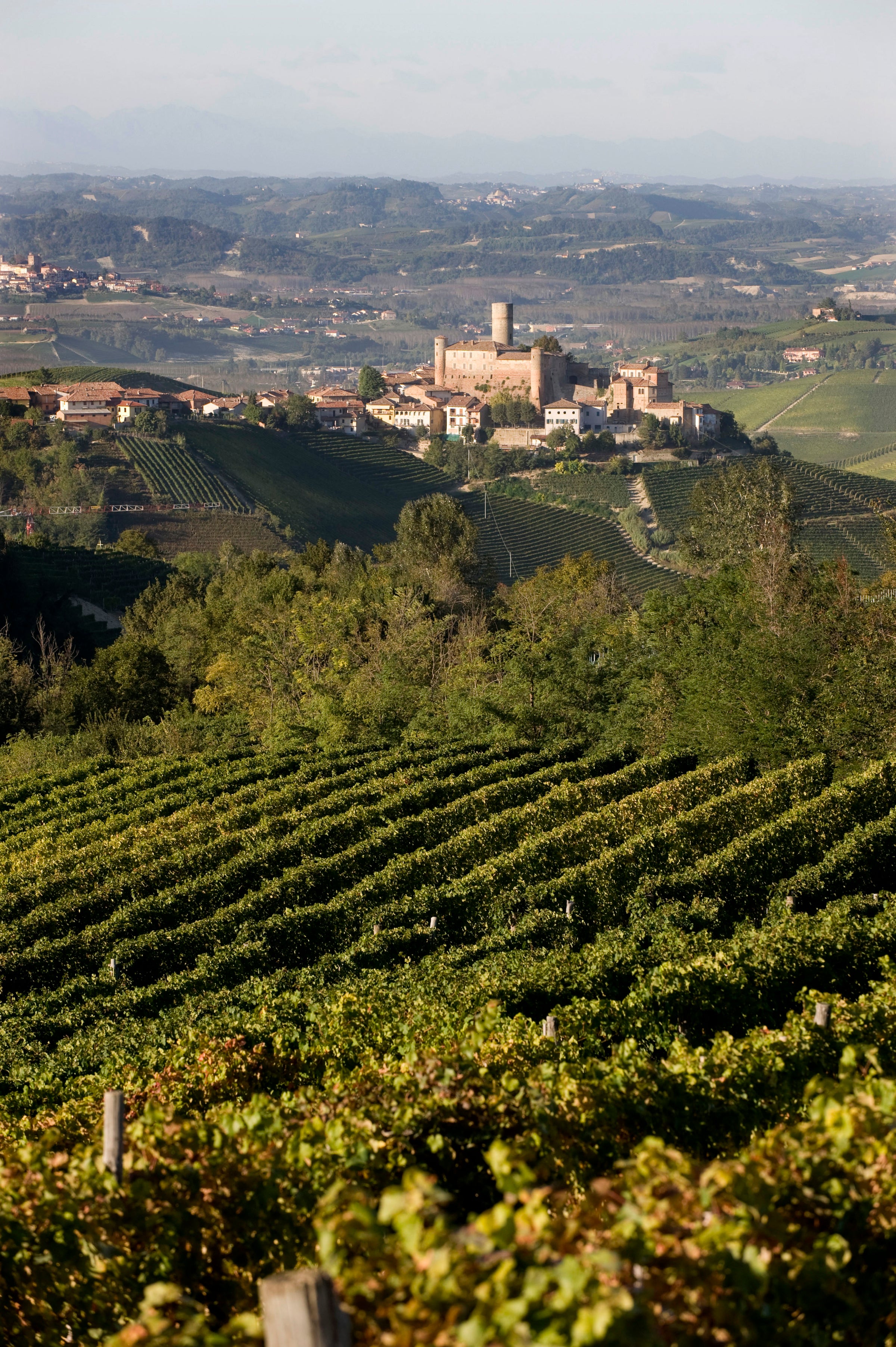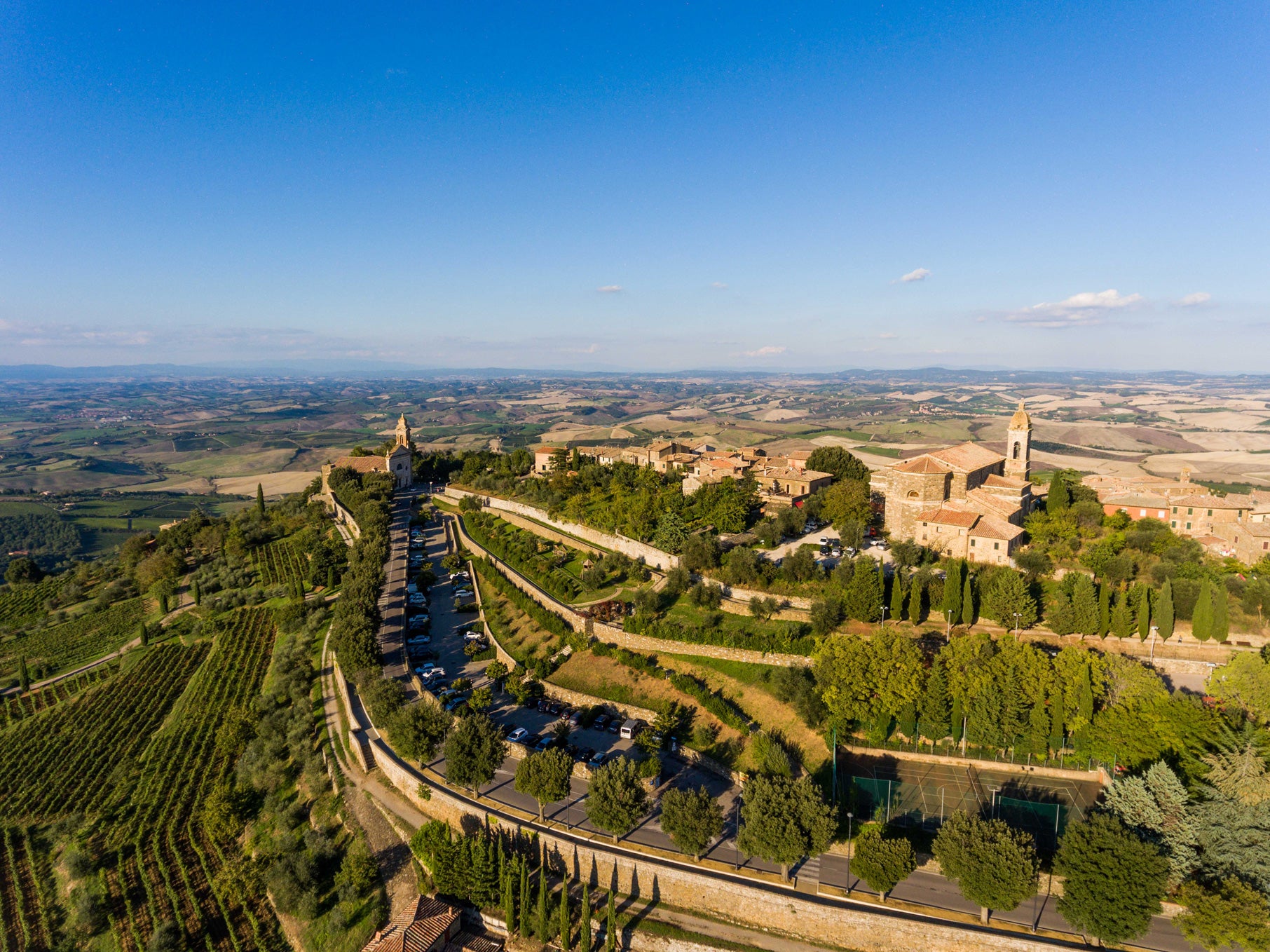When I first tasted the 2011 Langhe Rosso, I didn’t know the varietals, but I tasted the textbook Barolo minerality with a bit more richness of fruit than is typical. Come to find out, it’s made from mostly Freisa —an indigenous Italian varietal that grows incredibly well in the Langhe region. The 2011 Langhe Rosso is also interestingly blended with small amounts of Cabernet Sauvignon and Merlot but you would never know they were in there. I must say, it harkens to the great style of Barolo while still being entirely unique and delicious. I’ve tasted many wines from Aldo Conterno before, and I understand why everyone clamors for his wines when they are released—especially their Gran Bussia (this wine costs upwards of $300 in the US). It is without a doubt one of the greatest Nebbiolos on the market and one of the highest priced coming from Piedmont. Luckily today, you have a chance to taste a wine from a top producer for a relatively low price for what is in the bottle.
In the village of Bussia, in Monforte d’Alba, five generations of the Conterno family have dedicated their lives to growing grapes and making wine. Working strictly with estate vineyards, the family has handcrafted some of the most sought after wines in all of Italy. The vineyards from which the Langhe Rosso are harvested are planted in terroir that is nearly identical to Barolo—clay-calcareous marl soil, rich with calcium carbonate and iron, with a South South-West sun exposure. Having farmed the region for five generations and passing down traditional farming, sorting and vinification methods along the way, the current generation of the Conterno family has done the estate justice.
The unique 2011 Langhe Rosso has an opaque, dark ruby core that gently moves to garnet reflections on the rim. The nose is juicy, ripe, earthy and intense with fruit forward aromas of dried black strawberry, slightly dried black cherry, preserved black plums, fresh violets, fresh roses, anise, a bit of orange peel and crushed chalk. Perfectly balanced with textbook, crushed chalk-like minerality, the palate is rich, layered and structured and offers just the right amount of fruit; mineral notes move beautifully into flavors or fresh picked black cherries, raspberries and strawberries, with a touch of crushed, wet earth, wet rocks and wet flowers. This wine is seriously approachable with its seamlessly soft tannins and finesse. No decanting needed—simply pure into Burgundy stems just above cellar temperature and enjoy; it will really open up even just after ten minutes in the glass. Enjoy this wine
with Pappardelle with Venetian Duck Ragu.




